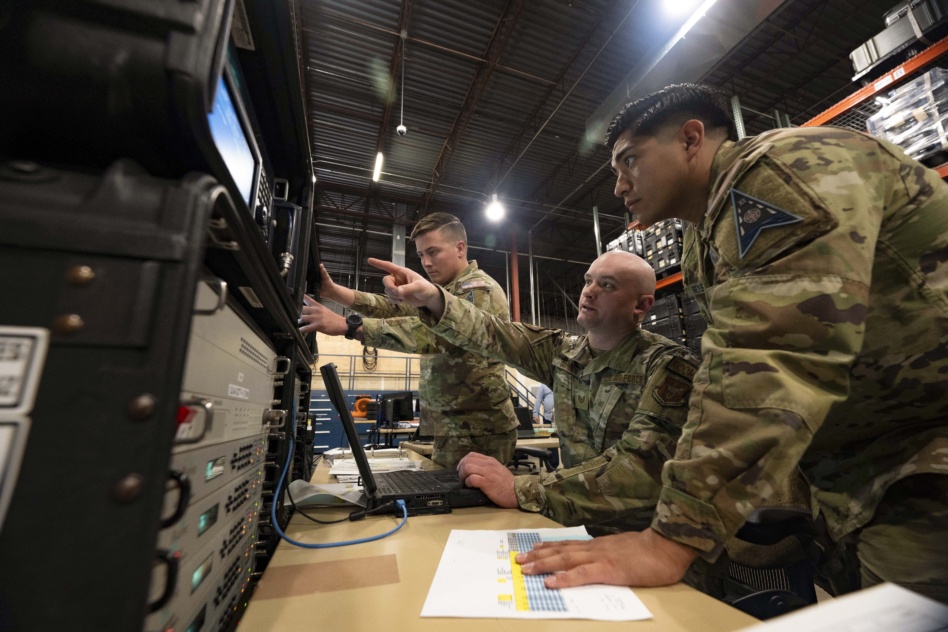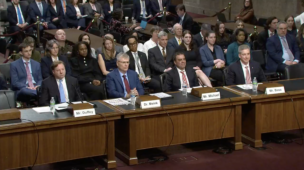Outgoing DoD space policy chief John Plumb made a tiny bit of history yesterday when he became the first Biden administration official to acknowledge Russia’s development of a nuclear counterspace weapon in unclassified testimony.
“The concept that we are concerned about is Russia developing, if we are unable to convince them otherwise, [the ability] to ultimately fly a nuclear weapon in space, which would be an indiscriminate weapon, doesn’t have national boundaries, doesn’t determine between military satellites or commercial satellites,” Plumb said at a hearing on the national security space budget.
Though White House officials spoke publicly in February about Moscow’s “troubling” plans for an anti-satellite weapon, Plumb’s testimony is the first to publicly confirm that it would involve a nuclear detonation.
He wouldn’t directly answer whether this weapon could be launched now, but said the US was taking it very seriously because if it were used, it could render orbits unusable for satellites. He noted that Russia recently vetoed a UN resolution condemning nuclear weapons in space (something already banned by the Outer Space Treaty).
Gang of Rivals: Rep. Seth Moulton (D-MA) asked Plumb about a previously unreported exercise performed by US IndoPacific Command that detected a Chinese satellite launch and used a commercial provider to capture imagery of it. Per the miffed Moulton, that ruffled feathers in the intelligence community, which doesn’t want DoD acquiring commercial imagery directly.
Plumb blamed an out-of-date policy drafted in 2003, which does feel like a lifetime ago. Moulton’s office declined to provide more details and Indopacom couldn’t weigh in by press time.
Congress needed for conflict insurance: Plumb said the Pentagon is looking at whether commercial sats working with the DoD on national security missions should be indemnified in case of attack, a key question raised by the department’s first commercial space strategy. Defense officials are looking to the authorities used to insure vessels and airlines that participate in programs that volunteer to be mobilized in case of war as a reference, but applying that model to space assets would require new laws, Plumb said.
Lane changer: Lawmakers asked Assistant Secretary of the Air Force Frank Calvelli about what will stop established rocket companies from underbidding new launch providers in lane 1 of the National Security Space Launch Phase 3 program, which is intended for new entrants. It’s a question worth asking; as we reported earlier this year, SpaceX, ULA and Blue Origin have all bid in that category, while it appears only Rocket Lab might have a new rocket ready to bid.
Calvelli suggested competitive offerings would win out. “I’d like to see something more concrete to protect [new providers],” Rep. Dale Strong (R-AL) replied.




